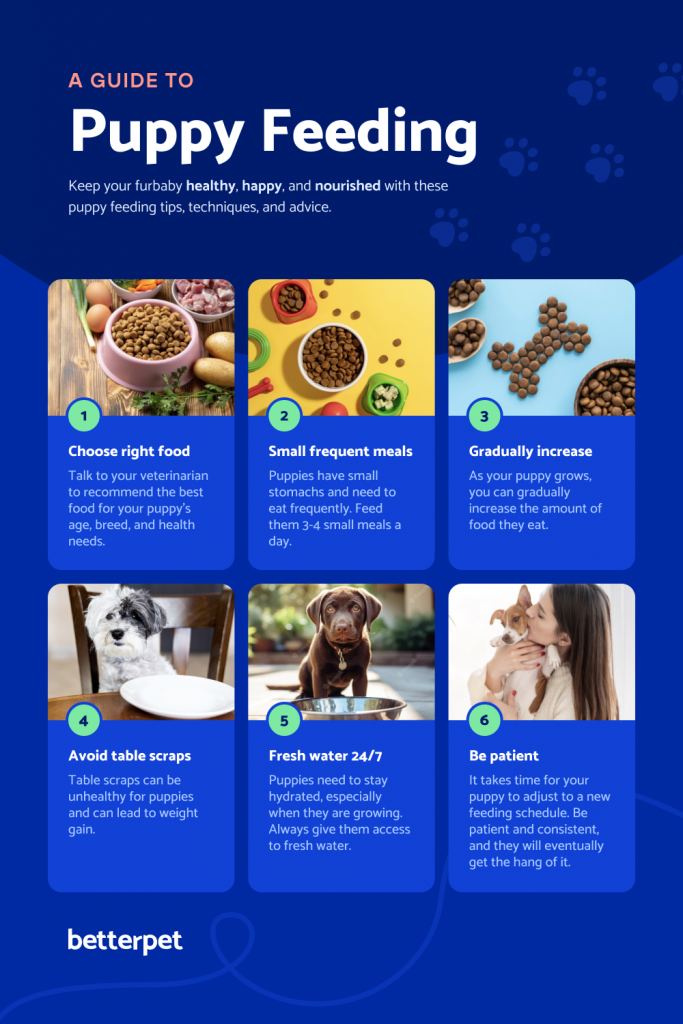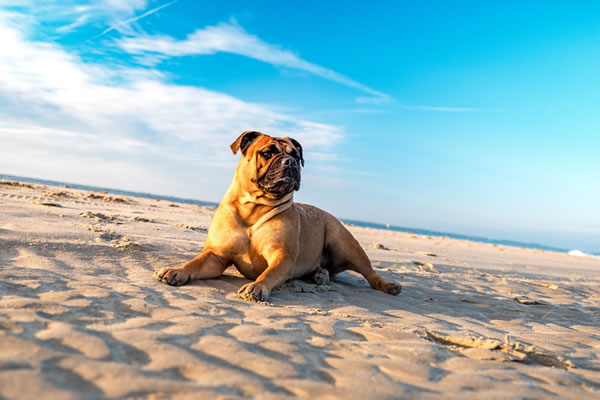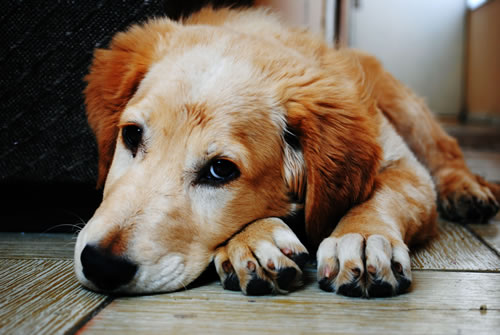Well, actually I don’t have a puppy. Our family includes a 12 year old canine contributor and the smartest dog we know. But I imagine our readers would like to know the answer to this question. I received an email the other day from Rob at BetterPet.com. He offered to share a Guide to Puppy Feeding. It says you can keep your furbaby healthy, happy, and nourished with these puppy feeding tips, techniques, and advice.

The article on betterpet.com discusses the essentials for feeding your puppy. The size and age of your dog will be an important factor in determining how to feed your little friend. To calculate their daily food intake take note of your dog’s age, physical condition, and weight. Puppies need two to three times more calories per day than older dogs. So it will be good to feed them more often than adult dogs. Be aware that every puppy is unique so talk to your vet about your dog’s nutritional needs.
So, what am I supposed to feed my little puppy, you ask. Keep in mind your dog’s breed, medical conditions, and activity level. Dr. Jennifer Schott gives this advice:
The most important thing to look for is that the food is labeled for growing puppies. It’s also important that your puppy will consistently eat the food! I typically recommend foods from Purina, Hill’s, or Royal Canin as they consistently make good quality products and have multiple puppy formulations based on size and breed.
For more information about how much to feed your puppy, check out the article How Much to Feed a Puppy, Backed by Vets at betterpet.com.





